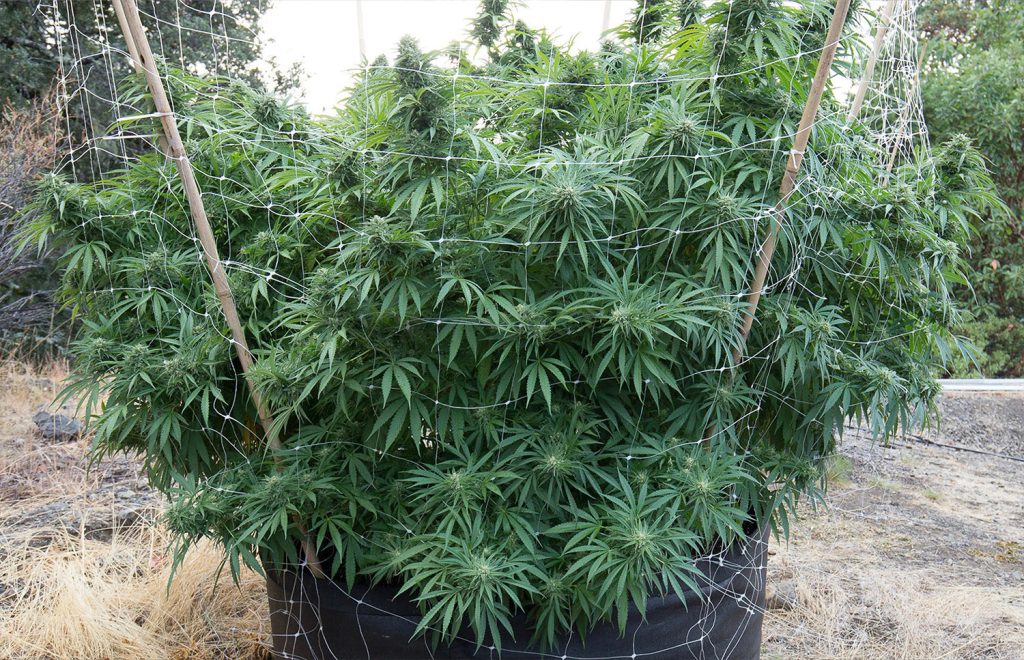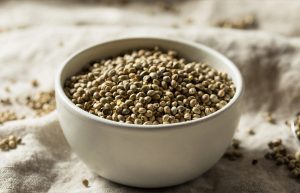- When you start in the cultivation of cannabis, everything seems complicated when a person begins to look at the different aspects linked to this activity, because it is necessary to have some basic notions.
- Quite simple things, such as the choice of good soil, fertilizers and pots for example, is not easy for someone who has never worked in the garden.
- This is the reason why we are looking today at a subject that may seem basic but which still requires a certain methodology like a certain rigor, which is simply how to water the cannabis plant.
It is quite likely that some of you think that this part of cannabis cultivation has no particular difficulty and that the watering of a cannabis plan is certainly the simplest thing to make. In fact, it is not as simple as that and it is better to take note of certain essential aspects, In order to optimize the full potential of cannabis seeds you bought.
It is important to become aware, that this aspect will have a direct impact on quantity as the quality of your harvest. One basic thing that is repeated quite often, is that beginner cultivators like friend Jerome, wonder what is the amount of water like fertilizer to use to water their cannabis plant.
You should know that it depends on the climatic conditions of the region, the type of substrate and pot used, the size of the pot and the needs of the cultivated hybrid. It is a set of associated factors, to which the greatest consideration must be given in order to obtain an abundant and best quality harvest.
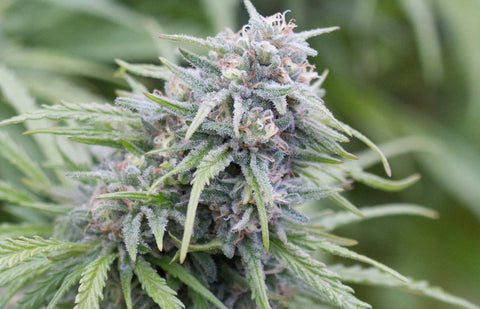
CLIMATIC CONDITIONS
The climatic part is certainly the one that will have the greatest influence on the frequency of the different watering that you will have to carry out. Whether for an indoor or outdoor culture, it is fundamental to adapt your equipment, your tools such as the different aspects related to your exciting activity, to the climate under which you will work. It is important to know how to anticipate the problems, by learning about the precise weather conditions, to ultimately prepare for the establishment as well as outdoor development.
You will have to learn to tame climatic conditions, including the intensity of light, temperatures and the level of humidity, indoors and outdoors. Imagine that you are starting your “outdoor” season, putting your cannabis plants a little too early in the season, when it is still cold and when the rain is still frequent at the end of winter for example.
In this specific case, you have the ideal conditions for slow growth, with a fairly high probability that fungal diseases like pests quickly attack your dear cannabis plants. In a simplified way, this is the start of problems …
For all these reasons, it is fundamental to find out well on the values of temperatures and humidity which are present day and night, in the geographic area where you cultivate. These two values will give you an idea of the climatic constraints to which they will be exposed to a specific period, in addition to different complementary indicators that we explain below.
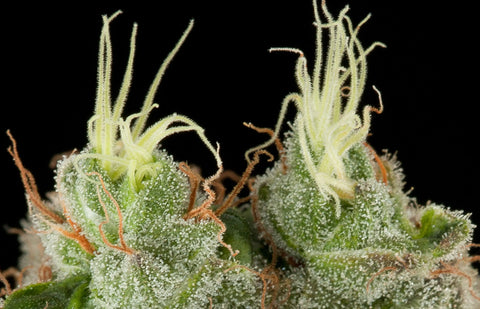
In the event that you cultivate in an environment where the temperature is permanently raised, you will then have to think about placing mulch on the surface of the substrate, but also a certain complementary quantity of perlite on the surface of the ground, or mix this last directly with your soil.
These components have the function of protecting your heat plants, as they greatly promote water retention in the soil, they also limit evaporation and regulate temperature in the soil at the same time.
The final benefit of this action is that this helps to greatly reduce the frequency of each watering such as associated water stresses. The purpose is that you optimize the use of water, which has capital ecological importance these days, and that you protect the good balance of your roots at the same time.
It is important to place your plants in the best conditions, so that they assimilate all the resources they need until harvesting. It is necessary to think of refreshing the canopy of your cannabis plants by spraying them with water during growth, while avoiding leaving large drops on the latter, which could cause them burns. Also remember to administer the quantity of nutrients suitable for each stage of evolution of the plant, this will optimize their potential and strengthen their immune system at the same time.
Learn to assess and memorize with a certain accuracy, the level of water requirement of each of your cannabis plants. It is very simple, manually assess the weight of a pot filled with soil in dry condition, but also the same pot whose earth will be wet as when you sprinkle the cannabis plants, therefore exactly the same amount of water as That of watering and keep in memory the weight of the pots by lifting them manually.
You have there, the best tip, the safest and least expensive, to assess the water need for your cannabis plants around the world, and even in the most precarious conditions. The verdict is relentless and quick, you will never be mistaken once it is assimilated. Some will think that a drip -type automated irrigation system is the best solution in order to avoid all watering problems, only reality is not always as simple, because there is a multitude of associated factors which must be taken into account.
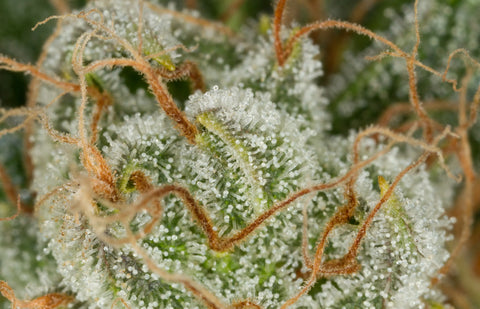
As the fall period is approaching, which is also that of harvest, you will have to feel the opposite trend, that is to say if the rains are frequent and the temperatures quite fresh, it will then be necessary the frequency of watering and to be vigilant when it comes to the appearance of possible harmful fungi (Oïdium, Mildiou, Botrytis etc.) for many marijuana crops. Another thing, it will be important to choose the seeds that you are going to buy, so that they are adapted to the climatic hazards under which they will develop.
SOIL COMPOSITION
This is a theme that is important, because the capacity of soil evaporation is not the same according to the different elements used to structure the latter. If you cultivate using a large share of coconut fibers for example, evaporation will be faster than a mixture of earth, for example.
The use of topsoil, blonde peat, brown peat or even perlite is interesting, because these four elements have a significant water retention capacity for example. All this to make you understand, that it is important to adapt the composition of the soil in relation to the climate and the different needs of the cannabis plant that you cultivate.
A self -foliage cannabis plant will appreciate the presence of 30% coconut fibers in terms of its substrate, simply because this type of plant needs significant oxygenation in the soil, in order to accelerate all metabolisms and the Growth at the same time, because the growth period of a car lasts only about twenty days.
It is therefore necessary to provide him as much as possible in a minimum of time to optimize his potential. For these same reasons, it may be interesting to use pots with a capacity between 15 and 20 liters outdoors, To cultivate plants from self -furring seeds, because with well airy land and such a substrate capacity, the yield will be optimized and qualitative.
Unlike the automatic plants, the varieties of photoperiodic cannabis appreciate more a soil with a denser and humid texture. They feel better in a mixture of stable soil, they support water deficiencies less well than cars. It will therefore be necessary to harmonize both the frequency and the amount of water and nutrients during these different watering for weeks. Also remember to analyze the value of the pH, in case you use tap water.
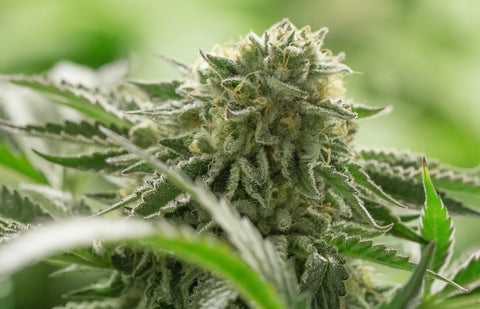
PLANT SIZE AND SUBSTRATE CAPACITY
These two parts are directly linked, because the greater the capacity of the substrate, the more the root system can develop and logically the larger the plant. It will also be necessary to adjust the amount of water and corresponding nutrients.
An error that beginners make quite frequently, is that if we put a small plant with 1 to 3 weeks of life in a large pot with a capacity between 25 to 50 liters for example, it will then have a fairly low water need At that time, compared to its water needs during its flowering phase a few weeks later. It is important to know how to adapt to the situation in all circumstances.
The logic demonstrates in this specific case, that it will be necessary to carry out infrequent watering during this period, a single weekly watering will certainly suffice, however you must remain vigilant at the climatic hazards of the site where you cultivate. As the growth of each plant advances and therefore that the size this increases, it will obviously be necessary to adapt the proportions of water as in nutrients.
Initially, the common error made by many cultivators is that they drown the roots in water so the soil is saturated, the consequence to this is that it significantly slowed down the growth of the cultivated cannabis plant.
This can be explained by a localized root asphyxiation, that is to say that the lack of oxygen in the soil leads to problems of water absorption and nutrients in the roots. It is for this same reason that the minimalist but very effective watering tip transmitted above, turns out to be a precious help from the start.
However, you will have to be careful not to leave your roots for too long in a substrate too saturated with water, because otherwise you might see appear A fungal disease called fusarium, whose origin in this case is the rotting of the roots. The first symptoms are most often, slow growth in your cannabis plants.
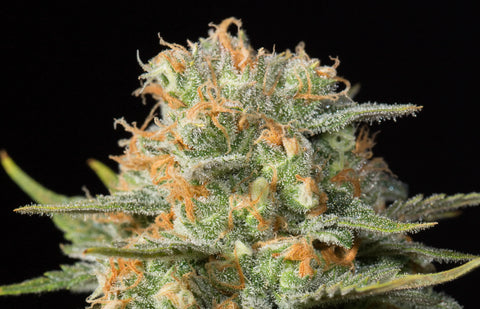
The thing to avoid at all costs during the first 3 weeks of growth is to saturate the water substrate, as this could drastically slow down the growth period of your cannabis plants. It is very necessary to take care to create this alternation between wet soil and oxygenated soil without it being able to be completely dry. Limiting the size of the plant structure and the development of roots also means reduction of the production capacity of each plant.
If you sprinkle excessively during this period, it could also cause a major problem, such as the weakening of the plant’s immune system, or even the rotting of the roots which would ultimately give rise to the appearance of certain fungi and harmful. This therefore leads to a reaction in chaotic chain. It is a major interest in being meticulous on the way you water, it is true that it requires a certain learning period.
Remember the intuitive manual weighing method or manual weight assessment, I assure you that it works even on crops in very large-scale pots. If you feel that a pot has an abnormally low weight related to its size and what it contains, you can then conclude that the earth is far too dry.
Conversely, if it seems to you that its weight is excessively heavy, it is that the earth is saturated with water. When the leaves fall downwards, it is very bad sign, because it means that the plants concerned are at a stage of advanced water deficiency, it is necessary to react and water in emergency!
It is not good to let a soil dehydrate completely, because all the elements of the soil will have difficulties during a certain period to recover its moisturizing and driver capacity of water, which generates certain stresses to the plant because It is not hydrated properly. And as our dear Jerome would say, it is not such a slim.
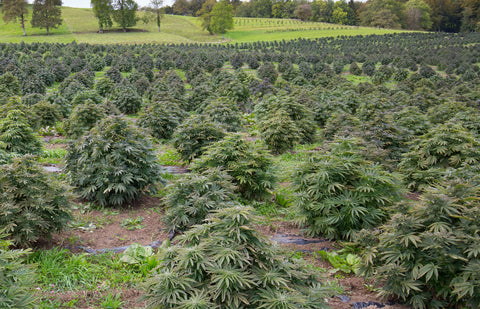
It is important to find the right watering frequency corresponding to each development phase, so that plants receive the right amount of water accompanied by all the nutrients necessary for the expression of all their full potential. These tips are also valid for crops in high CBD plants made from seeds. Always remember to measure the temperature like the pH of your tap water, as this is very variable from one region to another.
It is important to always ensure good health and good appearance of the leaves of your marijuana plants during culture, because they express things that are interesting to analyze, such as the different water and fertilizer deficiencies during the different phases that make up the plant cultivation cycle.
It will show you a large analytical capacity week after week, in order to detect failing and naturally logical aspects. You always have to think that any problem has its solution, which is a reality of our world. Learn to detect the different color changes that appear on the leaves and especially what they express. Most of the time, they testify to the various shortcomings or excess in nutrients, or in water from which your marijuana plants suffer.
You will also have to be very special vigilance when approaching the end of the flowering period, because as the ambient humidity rate naturally increases as the arrival of more abundant rains from the beginning of September , which is also accompanied by the drop in temperatures, the risks of problems linked to mold is important. It will therefore be necessary to reduce the amount of water during watering, depending on the humidity present in the air week after week at this stage.
